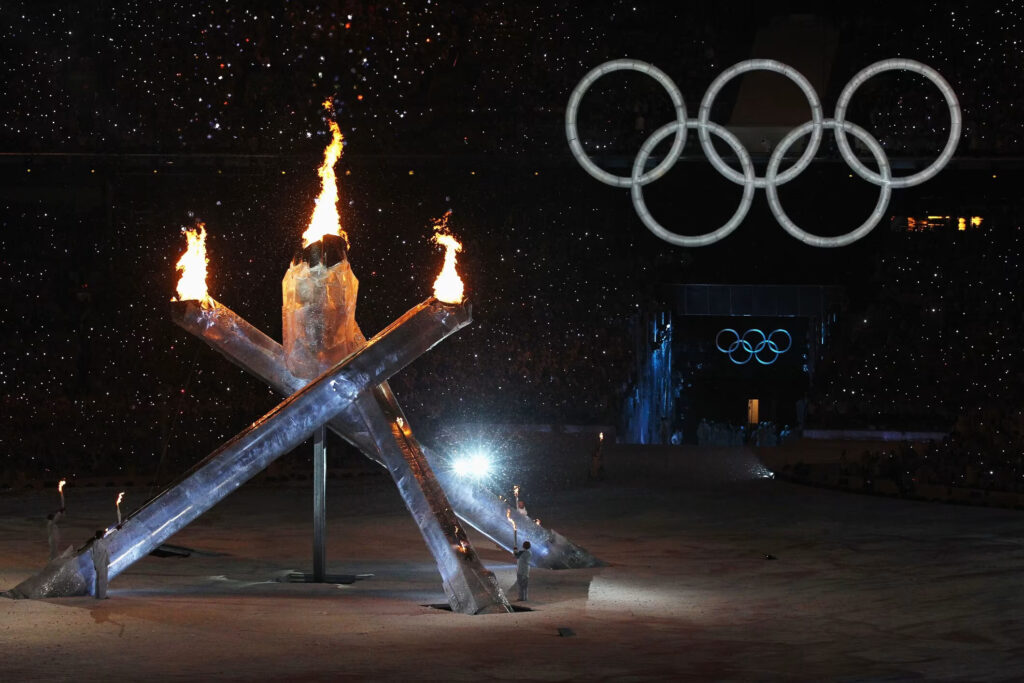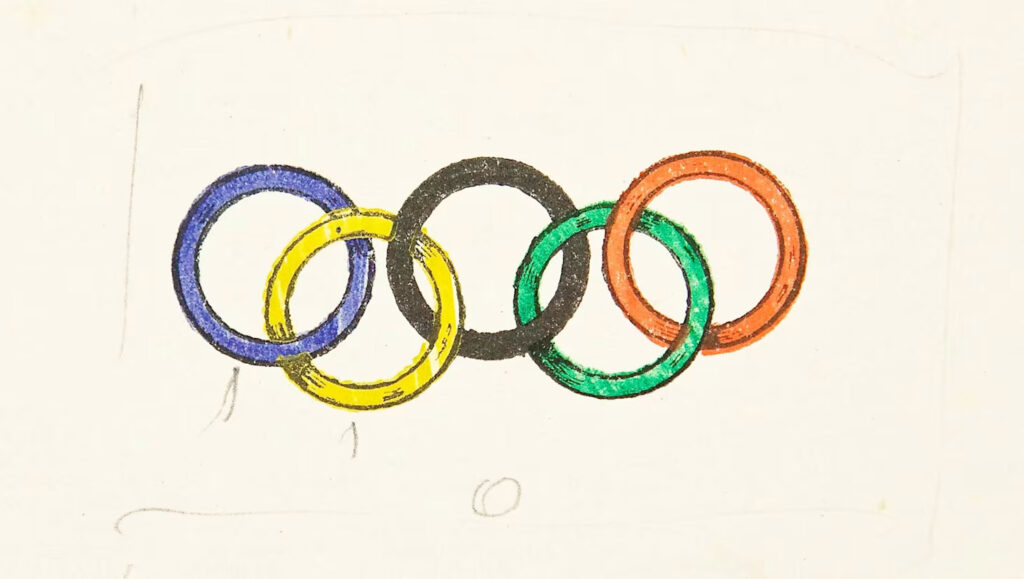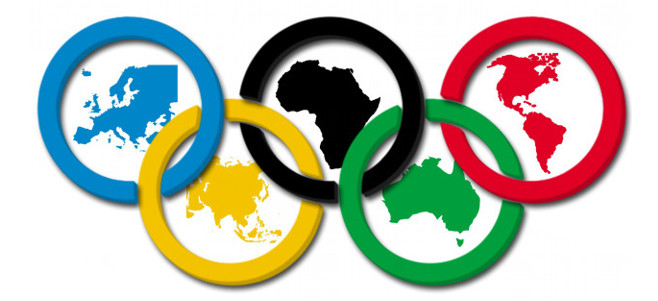The Olympic symbol is commonly known throughout the world as the Olympic rings. In 1913, Pierre de Coubertin, the inventor of the modern day Olympics, designed the Olympic symbol – the Olympic rings.

Get Know everything about India, Buy This Amazing Exploring India Flashcards.
“These five rings represent the five parts of the world now won over to the cause of olympism and ready to accept its fecund rivalries. What is more, the six colours thus combined reproduce those of all nations without exception” – Pierre de Coubertin, Founder of the Olympic Movement and the designer of the symbol.

The five interlocking rings coloured blue, red, black, green, and yellow on a white background represent the five continents united by the Olympics. Each colour represents the colours present in every nation’s flag. No ring colour represents a particular continent. Additionally, the five interlaced rings must be of equal dimensions, representing the idea that all continents are equal at the Games.

The Olympic rings have been used in every summer and winter Games since 1920 and have remained relatively unchanged since.
The Olympic flag was created for the Olympic Jubilee Congress in 1914 in Paris, to celebrate the 20th anniversary of the Olympic celebration.
International Olympic Day is celebrated on June 23 and celebrates the spirit of athleticism and promotes the Olympic values of friendship, respect, and excellence.

This day also commemorates the birth of the modern Olympic Games and encourages people worldwide to embrace the joy of sports and physical activity.
Also Watch full Video on, What Do The Olympic Rings Stand For?

